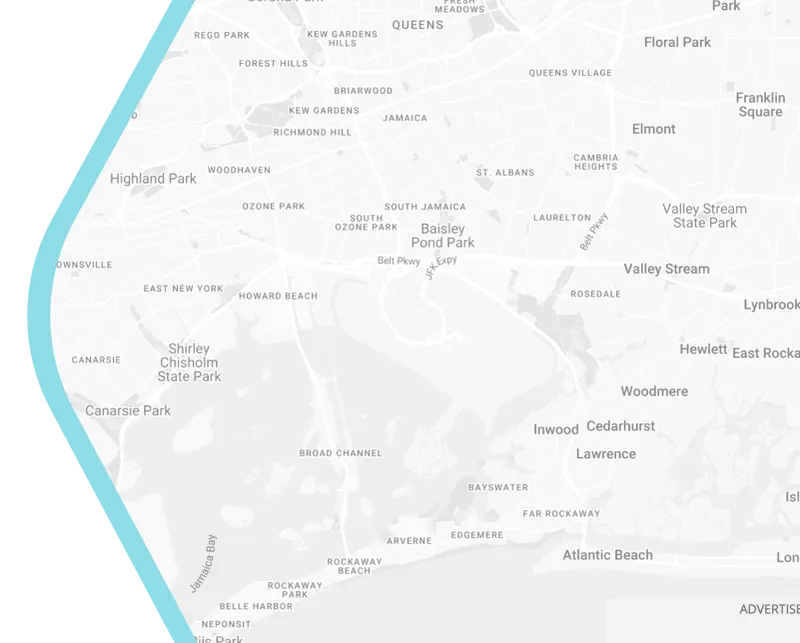Driving Sustainability: Smart City Circular Economy Solutions in Australia
Discover how smart city circular economy solutions are transforming urban sustainability in Australia. Learn about innovative strategies that reduce waste, promote resource efficiency, and create sustainable economic opportunities in cities.































